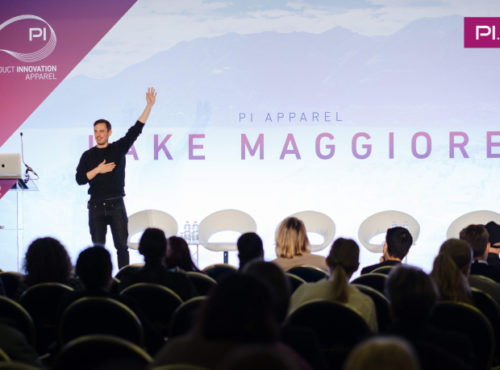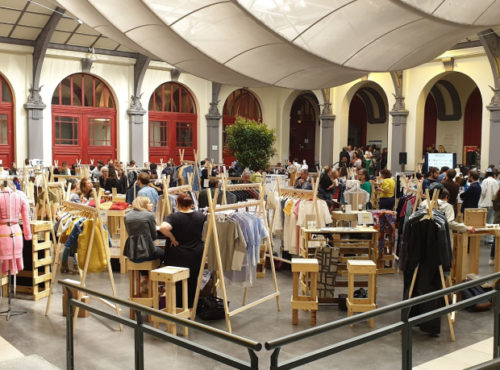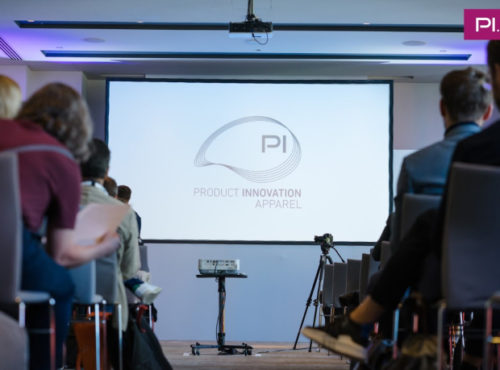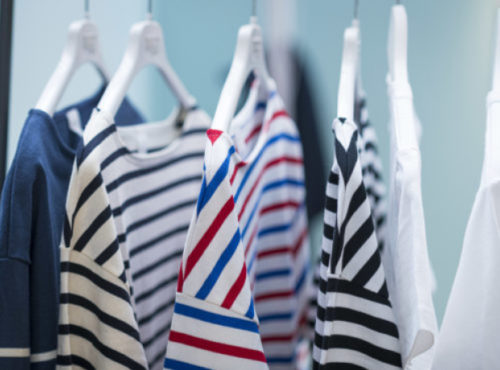 Feedback about our Visit of the Made in France trade fair organised by Première Vision
Feedback about our Visit of the Made in France trade fair organised by Première Vision
Feedback from our participation in the IACDE International Convention 2023
Alexandra BUOR, our Design & 3D expert, takes the floor to share her experience of the latest IACDE convention, which took place in Rome on September 28 and 29.
What is IACDE?
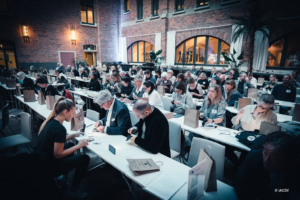
IACDE is an organization founded in 1910 by American and Italian master tailors to share their expertise. Today, IACDE brings together international fashion brands and manufacturers, as well as artisans from the four corners of the globe. IACDE’s aim is to enable the sharing of technical knowledge in garment design between professionals, and to drive the fashion industry forward.
Why did you join this association?
As you know, I’ve worked in the fashion industry as a product developer, textile project manager, and now as a 3D expert. My role as a consultant makes it necessary to keep a watchful eye.
Always on the lookout for new approaches and case studies in fashion (particularly around the use of new technologies such as 3D), I was immediately motivated by the idea of joining this association. Learning by sharing ideas and methods, with the aim of moving the industry forward at a professional convention? It was obvious that I had to take part.
IACDE advocates genuine simplicity and benevolence, which enables free and constructive exchanges and contributes to the emergence of new ideas. IACDE also brings together members from different countries (North America, Scandinavia, Europe and Japan), and this cultural diversity is a godsend for inspiring exchanges.
A look back at 2023
This year’s convention took place in Rome, the undisputed home of master tailors who excel in the art of the perfect suit.
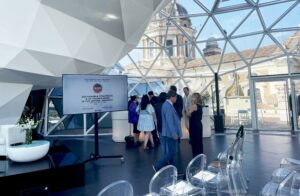
The main themes addressed revolved around key topics such as:
1 – The integration of 3D solutions in the field of made-to-measure craftsmanship,
2 – Sustainable development in the apparel industry,
3 – Relocation strategies.
1 – Integrating 3D solutions
During the various conferences and discussions, I was delighted to see that the art of made-to-measure garments does not exclude the use of 3D technology. Quite the opposite, in fact: this sector sees the value of these tools, both in terms of the facilitation they enable, particularly for remote working, and in their role as a catalyst for innovative ideas. Of course, I’ve always been convinced of the multiple benefits of 3D, but meeting other professionals who share this conviction reassures me about the future of the fashion industry.
During the convention, Hugo Boss and Scott Sports shared their experiences of integrating 3D technology throughout the product development cycle. This enabled us to gain valuable insights into the implementation stages and the success of their project. It’s essential to stress that a 3D project can only succeed if management integrates this tool into the company’s strategy, and ambitions are well defined. Otherwise, it will be in vain. I was heartened to hear this, and it’s hard not to smile, because it’s one of the pieces of advice I’ve been giving since the start of my 3D adventure.
2 – Sustainable development in the apparel industry
One of the other major themes explored was sustainable development. It was clear that each country has its own definition and perspective on sustainable development and eco-responsibility. But everyone agreed that the stakes are so high that change must take place on a global, rather than an individual, level if we are to be aligned and move forward as a whole.
Most of the brands and suppliers present (Freudenberg, Chargeurs PCC, BESTE SPA to name but a few) are involved in eco-responsibility initiatives, whether it’s optimizing energy use, recycling materials and water, or adopting eco-designed products.
We were fortunate to be able to take part in a talk by economist Mr Fabio Scaciavillani. He took us back to the history of global economic, social and political conflicts that have shaped today’s fashion market. Most troubling of all was the realization that the situation we find ourselves in was inevitable, given the decisions that have been taken for decades. However, solutions do exist, and it is still possible to change the course of fashion industry history, if we act together and at ALL stages of garment design.
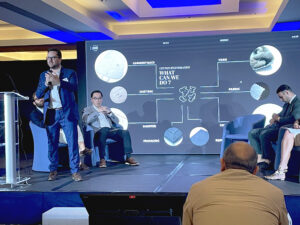
3 – Relocation strategies
Finally, we discussed emerging strategies that combine sustainable development and know-how. After several hours of discussion, we were all unanimous: the relocalization of each country is an essential step towards sustainable, eco-responsible development. To keep up with costs, it will also be essential to rely on new technologies such as 3D to minimize ecological impact, and to automate manufacturing as much as possible in order to be competitive. We must now capitalize on emerging strategies to counter the mistakes of the past and return to a healthier balance for future generations and our planet.
Nonetheless, know-how remains the name of the game. Relocation will only work if the players have the technical knowledge and an industry that is still present within the country. Unfortunately, some countries such as the USA have realized the harsh reality that there are no longer any suppliers of materials and components or factories on their territory, as everything comes almost exclusively from export. Knowledge has also disappeared within brands. Designers only work on finished products and no longer have the technical know-how to design garments. So how do you move forward when everything must be rebuilt?
It’s in Portugal that we can draw inspiration. Indeed, Portugal is a prime example of successful relocation. After years of stagnation (decline in export sales), suffering from offshoring like many other European countries in the 2000s, Portugal was able to revive its pool of material suppliers and industrialists. One of the winning strategies was to merge all the associations of various product typologies (materials, knitwear, dyeing, agents, etc.) into a single “Associação Têxtil e Vestuário de Portugal” (Portuguese Textile and Clothing Association). This merger made it possible to:
– Promote the strengths of the textile industry in Portugal to brands: their know-how, proximity and ability to adapt to needs (the ability to produce both small and large quantities).
– Carry out joint actions to move the sector forward on major CSR projects.
Sales generated by exports to France increased by 40% between 2019 and 2022.
A final word
The fashion industry is transforming and looking for solutions to become a more virtuous industry. Strategies for relocating and digitizing development processes seem to be the winning solutions for meeting this sustainable development challenge.
Credits photos © : IACDE

